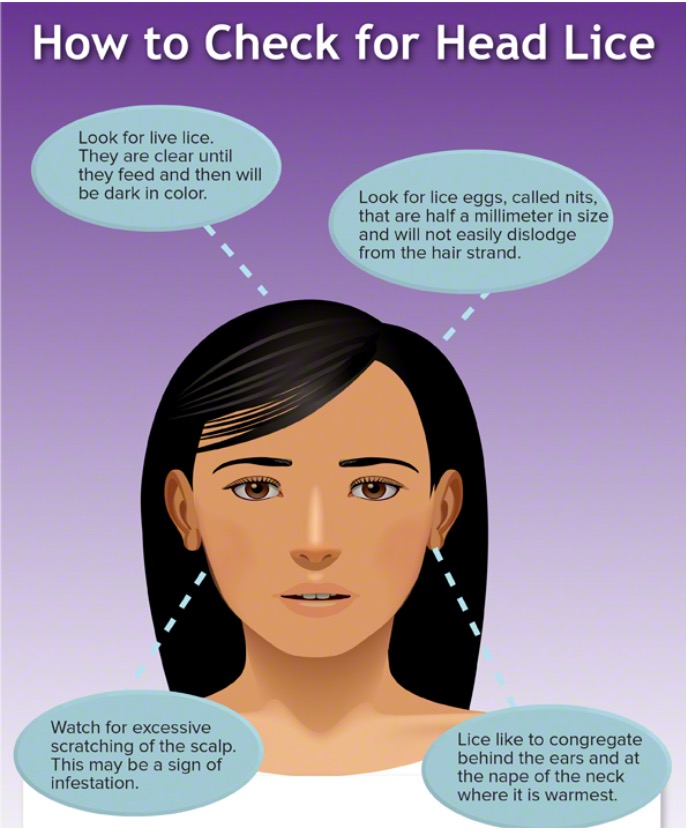Some common misbeliefs regarding head lice are:
- head lice can spread disease
- head lice can jump or fly
- head lice prefer people with unclean hair or who live in an unclean environment
- head lice can live on dogs and cats
- you can’t prevent head lice using lice shampoos
Head lice are small (size of a sesame seed), greyish-brown insects that live on the scalp and feed on human blood. They are spread through head to head contact, but can also be spread through things such as scarves, brushes and hats. Head lice are most common in children aged 3-10, because at this age children are more likely to touch heads when they play.
Head lice lay eggs, called nits, on the hair close to the scalp. The nits take about 7 days to hatch and the empty case can be found down the hair shaft. A nit is roughly the size of a grain of sand.
Where to look on the head for lice?
- close to the scalp
- focus around the ears, back of neck and forehead
What to head lice feel like?
- crawling, tickling sensation on head
- itchy scalp – caused by a reaction to the bites of the head lice
Did you know that in a first case of head lice there may be no symptoms for 4 to 6 weeks!
Use the wet combing method to find head lice:
- wash and rinse hair
- apply conditioner, being sure to cover whole scalp – conditioner stops head lice from moving
- comb hair to remove all tangles
- comb hair with a lice comb – be sure to brush in one stroke (stay in contact with scalp) from front of the head to back
- wipe the comb after each stroke and check for lice
Visit one of our pharmacists for information on how to treat head lice. We’re here to help!

